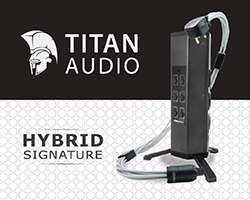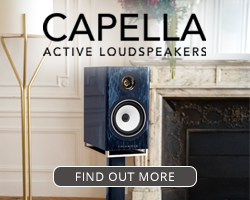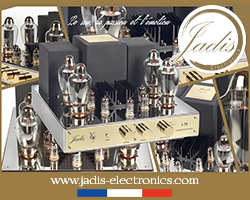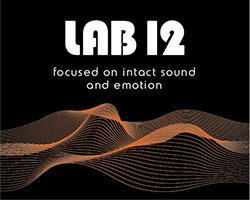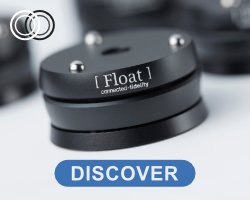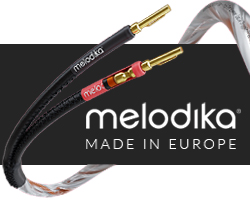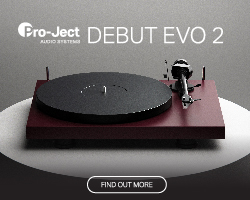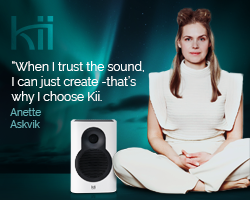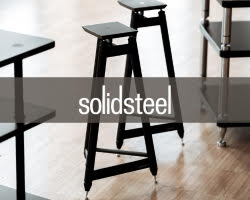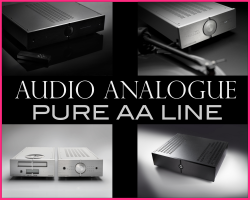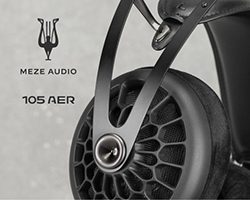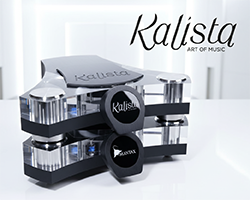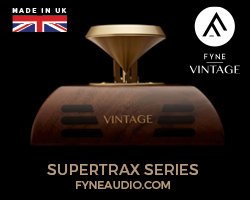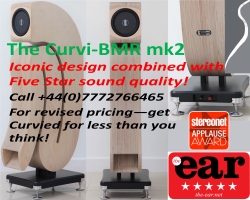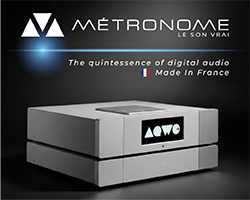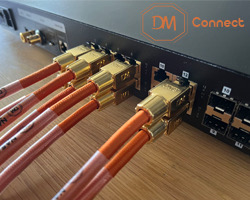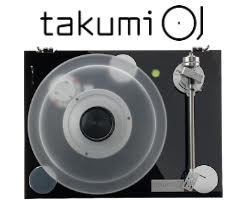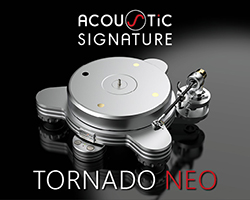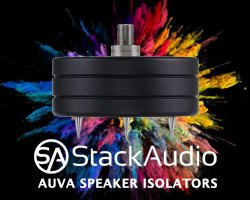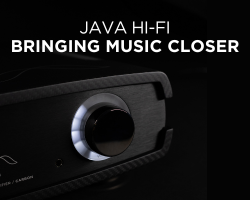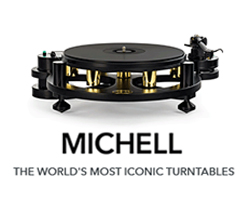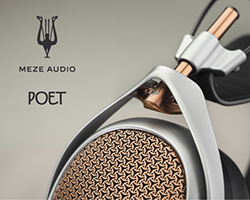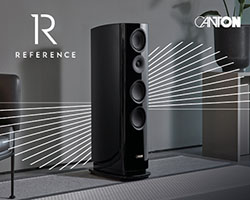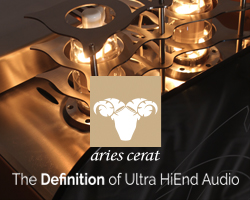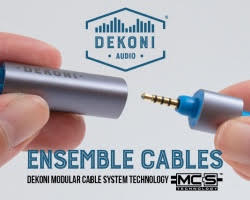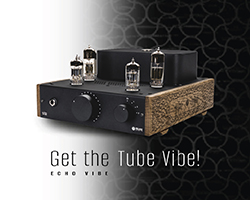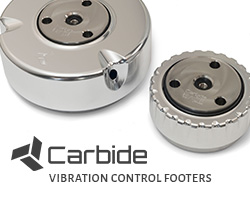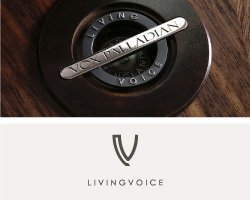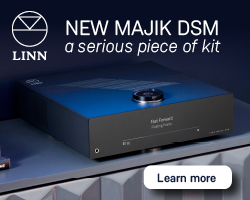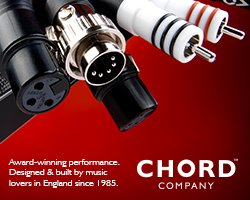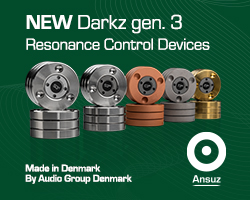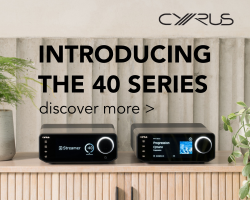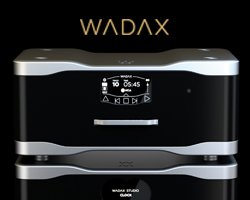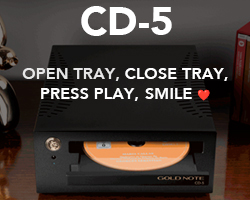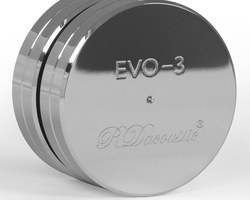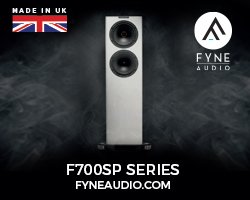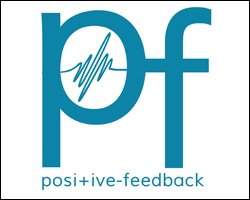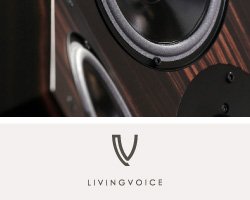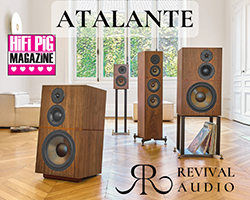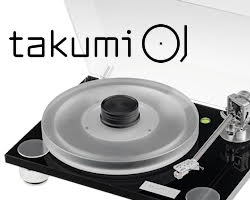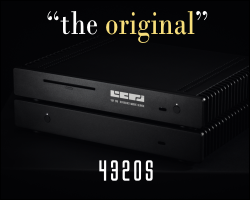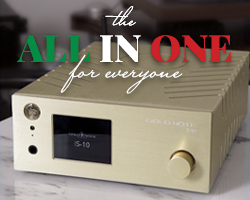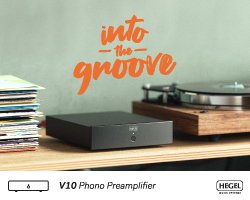NVA RELAX BUNDLE REVIEW
NVA Relax Bundle includes an AP20 integrated amplifier, a pair of Cube 3 loudspeakers, and 3m of LS3 loudspeaker cable. Apart from a source, this is all you need to get you up and running, and at £2,495 you save a healthy £355 over buying them individually. Janine Elliot takes a listen for HiFi PiG.
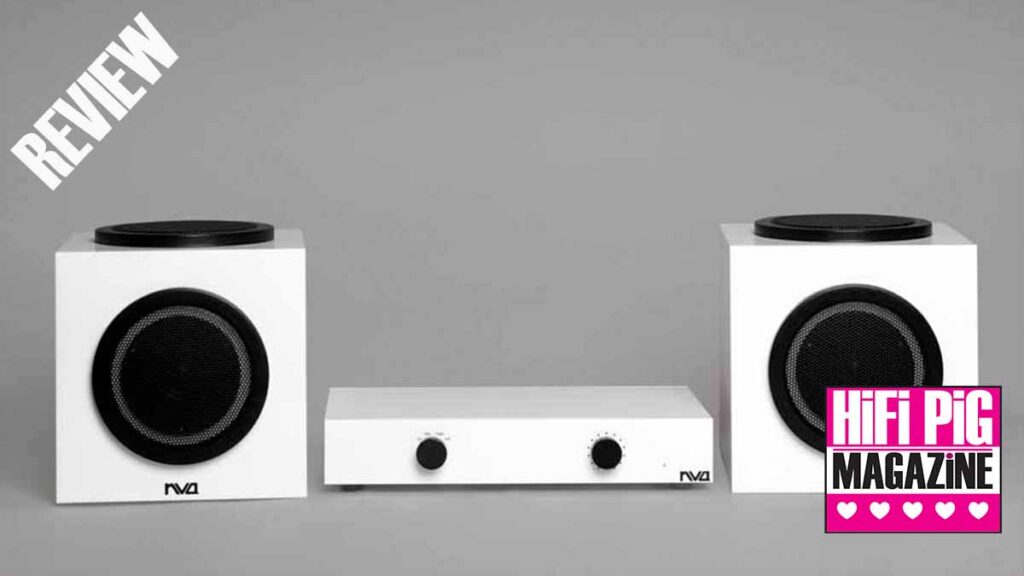
NVA is a company I had never heard of until I reviewed their INT 400 integrated amplifier a few years back. The three boxes arriving this time contained their AP20 amp, Cube 3 speaker and LS3 speaker cable in their “relax” bundle coming in at £2,495 in a variety of colours; the AP20 in white, orange or green. (Yay! No black or silver!) And the Cube 3 speakers come in white or black, so you can’t match with an orange or green amplifier. Typical British minimalism both inside and out, and looking both compact and neat in acrylic. There isn’t even a need for an instruction book. Would this easy-to-set-up combo be as good-sounding as it looks, though?
All is handmade in the UK, a HiFi company set up in 1982. It might be simple technology, but it uses high-quality components, and the amplifier has a good toroidal supply and two smoothing capacitors. The amplification comes on two separate channel boards inside the unit, with good wiring and connections. Their P50SA / M600 monoblock pre/power amplifier combination has had audiophiles amazed by the sound, but would the AP20/Cube 3 combo get past my sensitive ears?
So, why hadn’t I heard of NVA? I have rows of HiFi magazines going back to 1970, all helping my room insulation in Winter when I don’t get them out, and I didn’t remember any mentions in my Popular HiFi and Any Answers. Time to do some investigation.
NVA, originally stood for Nene Valley Audio, founded by Richard Dunn, a British company actually not too far from me in Peterborough, as I have often visited the Nene Valley Railway and the river Nene. They now reside in Harringworth, Corby. When Richard died in May 2019, ex-NVA employee Tomasz Danus, and HiFi audio and music forum member, Paul Tiernan, reinstated the company in September that year. They set up a new company (Hi-fi Subjectivist Audio Ltd), and the ownership is now Paul and Mark McVitty; Tomasz is still involved, but looking after EU customers from his workshop in Poland.
One thing that is apparent from the start is that NVA make amplifiers that do not conform to the usual trends. Richard used to design pro amps for rock bands back in the 1970s with his company then being known as Tresham Audio, a company that I had indeed heard of, and one that was finally bought by Tannoy in 1982 as the amplifiers worked so well with their own loudspeakers. Richard didn’t believe that pro amplifiers were really HiFi amplifiers in terms of sound quality (I agree…), so he decided to change the emphasis on sound rather than ruggedness in his amplifier designs.
The NVA package here certainly isn’t rugged, but his choice of Acrylic over conventional Faraday-cage metal casing is a decision he made after finding that his cased prototype amplifiers never sounded as good as the experimental breadboard setups. He discovered that steel was no good as a case material, and that even aluminium produced circulating eddy currents. Even screws holding circuit boards to the chassis caused problems, too. His eventual solution was to use Plexiglas /acrylic. As acrylic prevents electrical continuity, the case actually behaves as “no case”! Instead of screws to hold everything together structural adhesives are used. That last decision is perhaps all very good unless you or the postal delivery service drop the boxes! The choice of materials and build reminded me also of the work of Dennis Moorcroft and his DNM company, and even the unmistakable see-through red acrylic fronts of Albarry Music, both names from the past.

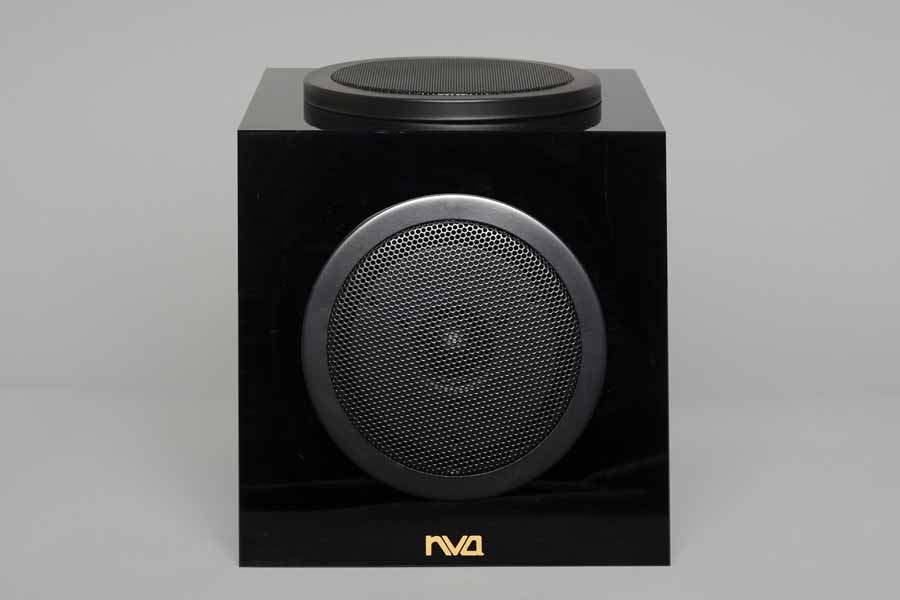
BUILD QUALITY AND FEATURES OF THE NVA RELAX BUNDLE
The first thing I noticed in the small 360 x 205 x 65mm (including the feet) white box was the simplicity of design and the use of tons of solder in the AP20. This amplifier contains two separate PCB boards, one for each channel, with an excellent Toroidy toroidal power supply and twin Vishay 4700uF smoothing capacitors. All is hand-wired. Everything is chosen because it works; NVA’s philosophy has always been “there is only one thing better than the best component money can buy, and that is no component at all”. So true, though I’m glad the inside of the AP20 isn’t empty.
The amplifier is a Class A/B 38W/8-ohm affair with a totally passive pre-amp section with volume control on the right and a 4-way line-level selector pot on the left, labelled CD, Tape, Tuner and Aux. I was certainly back in the 1980s now. This all really is simplicity.
At the rear is a set of RCA input sockets, which interestingly bear no relationship to the order of that source selector on the front. The loudspeaker sockets only allow banana plugs, as in the INT 400 I previously reviewed. Finishing off the tidy rear end is an off/on switch and a stereo subwoofer output, though you can perhaps use that for input to your cassette deck (tape-out can be a pre-out if required when you order the amplifier). It comes with a captive 2-metre mains cable, which is unusual these days. Its simplicity does remind me of my own home-audio designs as a child, as does the interior design with lots of very well-soldered cables and lots of nude earth solid wiring; the circuit boards even have “Electrons don’t get OCD” imprinted on them; a reference to the fact that there is so much thick-tinned copper wiring floating about inside and that you don’t need to worry about electrons escaping. NVA fear that dielectrics can affect the sound (yes, read numerous past cable reviews from me, as well). The base of the inside of the box has a large aluminium grounding plate. The layout – full of an assortment of coloured cables – may look untidy, but as NVA tell me, “Each piece is where it is, because that’s where it sounded best”. Finally, the bypass capacitors used are the very expensive Wima 0.1 micro-farad polystyrene types, generally acknowledged as being second best only to Teflon. Richard really did like the use of Teflon, particularly as a dielectric in cables, though its use was expensive, so is restricted.

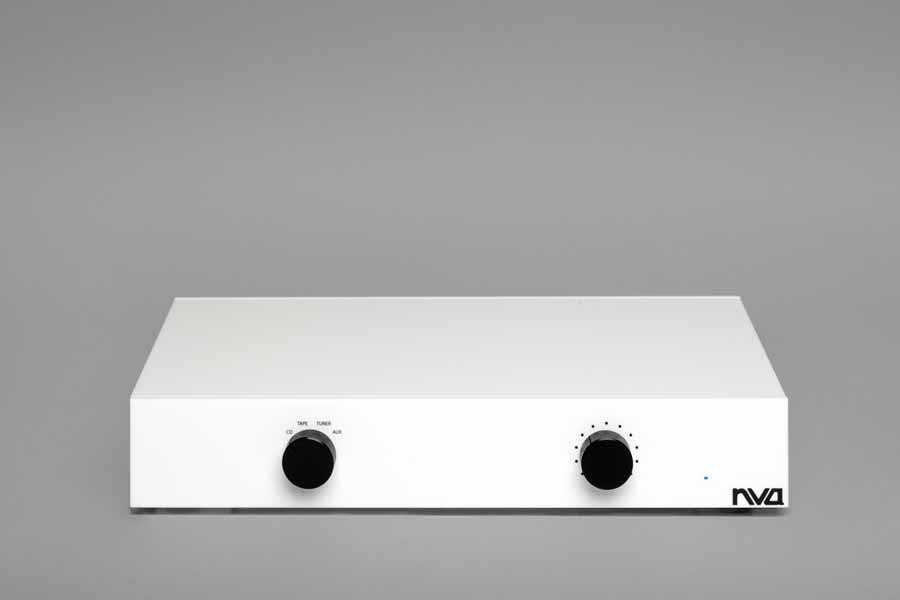
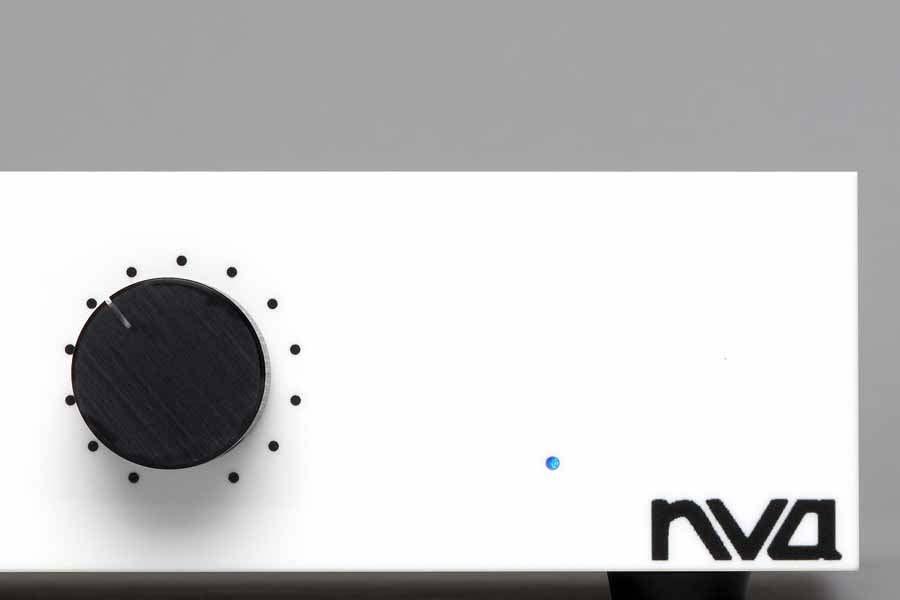

A tiny little red LED on the right tells you when it is all switched on. No need or desire for standby circuits (that’s good…), and there is no protection circuitry on site, which can affect the audio (I removed the protection circuitry from my QUAD 405’s decades ago when I modded the OP Amp and capacitors). However, the amplifier is designed for low-capacitance cables, so the supplied LS cables are ideal, though I did also try a few other cables, too. Their website tells you what you can/can’t use. They suggest using their cables, but insist that after-market cables must be less than 200pF/m, and not to use non-NVA cables over 10m in length. If only my listening room were that big. Perhaps not.NVA also stress using the right speakers.
This limited edition NVA AP20 integrated amplifier is actually a modern version of an earlier model, with upgraded amplifier boards plus a larger transformer (120VA compared to 80VA in the original). The amplifier is available at £1500 on its own. Remember, you might still need to buy phonostage and DAC boxes as well, as the AP20 is all line-level, and there is no headphone facility, either.
The Cube 3 speaker system is a little more unusual. Here, they are either a gloss white or black all-acrylic cube with an upward-firing mid/woofer and an identical-in-appearance-at-a-distance tweeter at the front, due to its large identical captive metal speaker-grille hiding the very small driver. Normally, I get to review less-conventional speakers with the tweeter pointing up, and to be honest am never quite convinced, so this would be an interesting review for me. These cubes (yes, it’s in the name) remind me of the cute Grundig cubes from the 1970s and are only 9” square. They are an infinite baffle design, so there is no port to worry about, and they can therefore be placed quite near to a rear wall, which adds to that bass/mid spread into the room. Indeed, I love sealed cabinets as they can add more bass extension, though they can often be harder to get just right. There are no rubber feet or tape on the bottom, which did cause a few vibration issues in the review initially, so please do ensure they are carefully placed so that when the speaker cabinet vibrates, it doesn’t transmit to the stand/table (Blu Tack is always handy). The main bass/mid driver is a 5.25″ unit, able to accept up to 100W, and the front-firing tweeter is a silk-dome unit. The speaker pair is available for £1000 on its own. There is also a premium SEAS tweeter option, too.

The Loudspeaker cable supplied for the review continues Mr. Dunn’s philosophy on tackling capacitance in his amplifiers. The LS3 has very low capacitance, coming in at around 50pF/m. He designed it so that the amplifier would sound at its best, and so I just used that rather than my own for most of the review. Inside each braided sleeve are 14 individually isolated solid 12awg gauge copper cores. As the AP20 amplifier doesn’t use output inductors following the output transistors, which are usually there to “pre-load” the amplifier to deal with capacitive speaker cable, it therefore means low-capacitance cable is advisable, as mentioned earlier. The cable is available separately from £85, depending on length.
SOUND QUALITY
I was conscious of the intention to create a large soundstage and area of music from these tiny speakers. First to be listened to was Rachmaninov’s “Rhapsody on a Theme of Paganini” (Yuja Wang, 24/96, Deutsche Grammophon). There was a lot of detail to hear, though the slightly “boxy” sound took a few minutes before my ears adjusted. What was apparent, though, was the amazingly large soundstage from the small upward-firing mid/bass. The Steinway grand piano in this and the piano concertos on the album was certainly very grand; indeed, the piano was generally very good throughout my listening.
Ravel’s Piano Concerto in G major (Martha Argerich, Berlin Phil) woke me up from the very start with the percussion “whip-crack” that starts the work. Indeed, it is there to immediately catch the listener’s attention and launch the energetic first movement. This work is usually partnered with a Prokofiev Piano Concerto, as they make good pairings in terms of emotions and modulations. It is the second movement that really gets my emotional juices going with its unusual chords and key changes. Unfortunately, a 9” cube cannot really do it all justice, even at 75% volume, though I did try with my much bigger LS5/9s and, like my 2022 review, was very impressed with the amplifier. The piano was great, though the midrange strings were a little accentuated. The manufacturer suggests not toeing in the speakers, which gives better definition and soundstage. Keith Jarrett’s jazz piano album ‘Facing You’ was not so successful; this album is very close-mic’d (or is it a Casio or Gear4Music electric keyboard!) and just didn’t work for me.
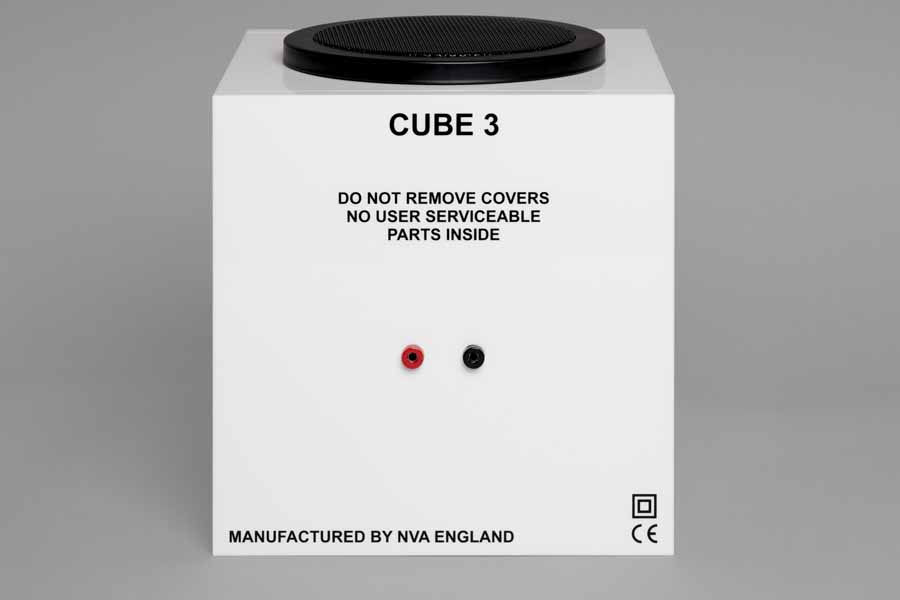
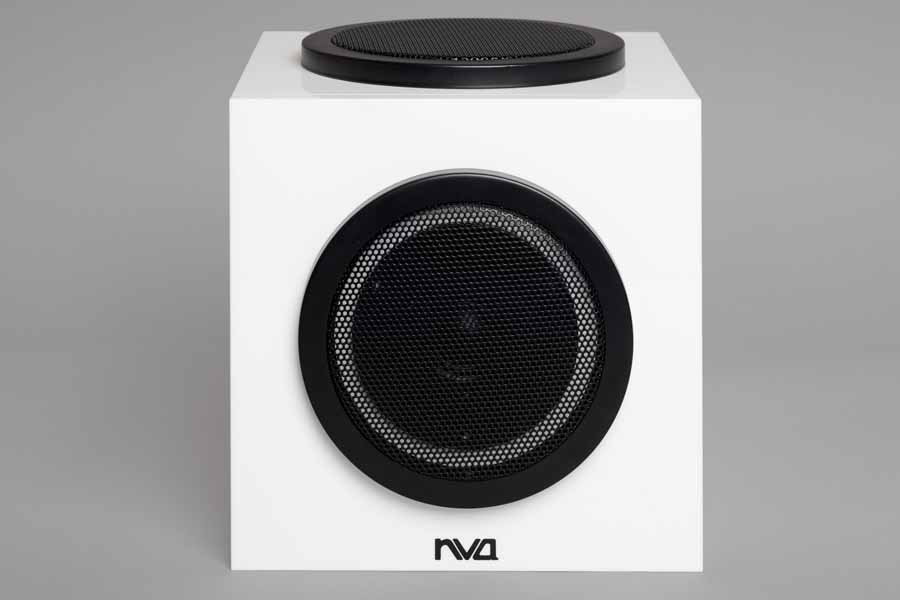
Turning further into jazz with the brilliant Austrian pianist and composer Joe Zawinul’s 3rd album from 1971, ‘Zawinul’, really did get my feet tapping. His jazz fusion style followed on from Miles Davis’ move to more electronic jazz fusion music as he got older. Joe, like Rick Wakeman, was famous for setting up as many synths and keyboards around him as he could when playing on stage, and his own history comes from the excellent band Weather Report that he set up (their most famous track being “Birdland”). With lots of world percussion appearing in this album “In a Silent Way”, it not only showed me how good the dynamic range is in the amplifier, but also gave a full-on performance at all frequencies, and interestingly worked well at low volume as well as when the wick was turned up; something not all amps are good at. From the exceptionally low bass pedal from the (also) ex-Weather Report’s Miroslav Vitous bassist, and the various keyboard sounds from Zawinul and Herbie Hancock, the performance is pure excellence from such small boxes. With murky ambience and atmosphere, the track even uses Echoplex tape delay and ring modulators I remember from my youth! Interesting that whilst this tune, composed by Joe, appeared in his own album in 1971, Miles Davis ran it two years earlier in his own album, also confusingly called ‘In a Silent Way’ and with Joe playing, plus Chick Corea and Herbie Hancock. Whilst Miles loved this tune, Joe actually didn’t like Miles’s version. I wouldn’t like to sort out that royalty conundrum!
Martin Frost’s new “B.A.C.H” album (“Beyond All Clarinet History”) features works by classical composer Bach with him on clarinet and various others on other instruments, uniquely performed in his style. The Goldberg Variation “Aria” (BWV 988) features a double bass accompaniment that blends beautifully with his playing. That deep bass from Sebastien Dubé even caused rattles until I could pin down the Cube before it escaped. Maybe NVA should make a 9” powered cube for bass players!

One of my favourite bands from the 70s was Renaissance, famous for “Northern Lights”, with their wide soundstage and atmosphere from this 5-piece band. Their 1974 “Song of Scheherazade” similarly adapts a classical favourite into their own interpretation and similarly starts with very deep bass plus trumpets, followed by pianos, bass drums, xylophone and shimmering strings, vocal “ahh’s”, then male and female singing plus flute, all creating great atmosphere and soundstage as it progresses. The unique NVA package really made music full and filled my room with plenty of sound, even from that 38W amp. Connecting with expensive Nordost Valhalla cables with an even lower 10.9pF/ft (35.76pF/m) capacitance to Russell K Red 120 SE’s, the sound was surprisingly sophisticated and with great resolution, but just not quite with as good control, particularly on the lower frequencies. On conventional speakers, it lacked the room-filling sound attainable from the mighty midget Cube 3.
QUIBBLES
It was hard to find faults in such an unusual and musically entertaining package. I just wish the Cube 3 could match all the colours of the AP20 and come supplied with Blu Tack or stick-on footers.
CONCLUSION
NVA are unlike any other company I know, particularly in philosophy and looks. The package might look quite minimal and certainly with a handcrafted appearance on the outside and inside, but it hides an exceptionally clever and musical sound at the price, which even the biggest companies out there should be taking note of. I had no idea what to expect when I set up the system, but the system had excellent resolution and a great soundstage, so I ended up with more smiles than I usually do. I thought I’d even grin more with my own speakers, but actually found that the Cube 3 and LS3 cables connected to the AP20 gave me the biggest smile of all.
AT A GLANCE
Build Quality:
Trendy Acrylic with everything glued
Very minimalistic
Sound Quality:
Good resolution and detail for the price
Very solid bass end
A unique omnipresent sound
Value For Money:
£2495 for the complete three-some saves you £355 on buying them individually, and they work so well together. If you want something that doesn’t look or sound like a usual setup, then this is a good choice. You might need separate DAC and phono-stage, though.
We Loved:
Very musical and passionate sound, especially lows and mids
Creates a great omnidirectional soundstage but with great positioning from the forward-pointing tweeters
Trendy looks
Handmade in the UK
Simplicity
We Didn’t Love So Much:
Bass end can lose control if pushed.
Elevator Pitch Review: In today’s world of feature-filling Chinese-built all-in-ones, it’s nice to get an amplifier which just does its job without you needing a degree in Science and Technology. I don’t need it to tell me the time or confirm that it works with a plethora of different VU meters and a parametric EQ display. This is quite simply a 4-input line-level amp with a passive preamp and a large Toroidy transformer with good smoothing capacitors. Even electronics to protect it if you decide to commit an audio crime are negated in favour of just providing a great sound. And combined with the accompanying speaker cable and sealed cube speakers with upward-firing mid/bass, your music can span the whole room. At less than £2500, this NVA bundle could be just the thing for bedroom systems fro younger people, or those looking to take their first steps in “real HiFi”.
Price: AP20/Cube3/LS3 package £2495
(Separately: AP20 £1500, Cube3 £1000, LS3 from £85)

Janine Elliot
SUPPLIED SPECIFICATIONS
AP20
- Handmade in Great Britain
- Bespoke, white all-acrylic case
- Inputs – 4 line level
- Output – Tape-Out (can be configured as pre-out, at time of ordering)
- Power Output – 38 watts per channel into 8ohms
- Speaker matching – >4ohms
- Fully passive pre-amplifier section
- Power supply – 120va
- Dimensions – w 360mm x h 65mm (inc. feet) x d 205mm
- 2-metre captive mains lead
Cube 3
- Handmade in Great Britain
- Priced per pair
- Bespoke, all-acrylic case for rigidity and mass
- Choice of gloss black or gloss white
- Sealed cabinet – suitable for wall placement
- 1st order crossover ensures exceptional clarity
- Semi-omnidirectional design creates a large soundstage
- Upward firing 5.25″ mid / bass driver
- Silk dome forward-facing tweeter
- Inputs – 4mm sockets for Z-plugs or bananas
- Frequency response – 60hz to 20khz
- Sensitivity – 85db
- Impedance – 8 ohms
- Power handling 10 watts to 100 watts
- Recommended stand or cabinet height – 700mm
- Can also be placed on top of a cabinet / bookshelf
- Dimensions – w 230mm x h 230mm x d 230mm
- Weight – 6.7kg per speaker (unpacked)
SYSTEM USED
Bluesound NODE and Qobuz (digital streaming); Pre-Audio GL-1102N/Ortofon Kontrapunkt b (turntable) plus Manley Steelhead (phonostage); Krell KPS20i (CD); Also tested the amplifier with Graham Audio LS5/9 plus Townshend Supertweeter plus the LS3 cable, and also Russell K Red120 SE plus Nordost Valhalla LS cable (loudspeakers)





























































